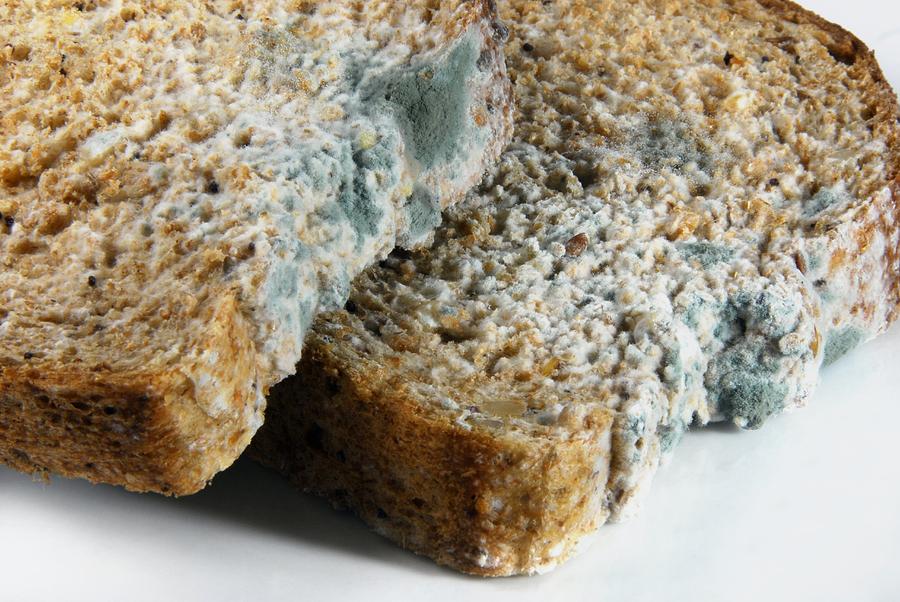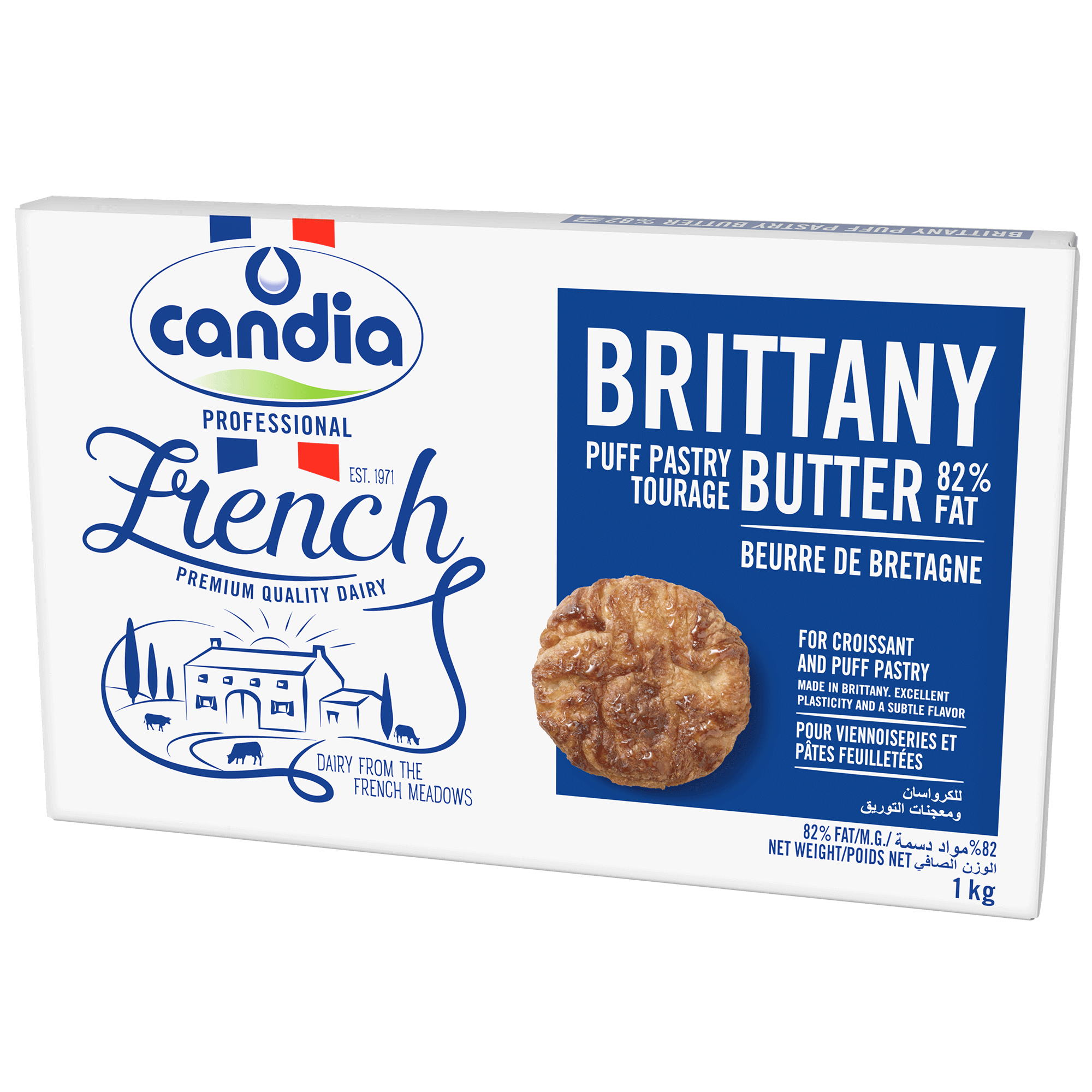Sew Historical...and other fun stuff How To Use Wooden Butter Molds
Wrapping butter tightly slows the release of moisture and reduces the risk of mold growth. When storing butter, wrap it loosely in freezer paper and place it flat in the bottom of the refrigerator rather than stacking it vertically. 2. Avoid overly saturated refrigerators.

datnyveiButter with a butter knife.jpg Wikipedia
Lay the mold on a flat surface like on a large plate or cutting board. Make sure the plate or board will fit in your freezer. Use a butter knife or small spatula to scoop up some butter. Work with small amounts and build up the butter in the mold. Press the butter into the mold.

moldy butter Should I throw it out? Or scrape off the top … Flickr
Heat Exposure. Exposure to extreme heat also promotes mold growth in butter. If storing butter at room temperature, keep your container away from the oven and other heat sources and ensure the average temperature in your kitchen does not regularly exceed 70°F. In hotter temperatures, you may want to opt to keep your butter refrigerated.

Butter molds Antique Butter Molds, Springerle Molds, Sugar Mold
Press the butter into the molds with an offset spatula, making sure to fill each side completely to remove air bubbles. Smooth the top of each mold with a knife after it is filled. Put your filled molds into the freezer until the butter is cold and firm. Typically, the butter is ready to unmold after around 30 minutes.

FileButter curls.jpg Wikipedia, the free encyclopedia
Exposure to heat greatly increases the likelihood of your butter going moldy. The first reason for this is that heat will promote the growth of mold, allowing it to spread and grow more quickly. Secondly, when butter is warm, it becomes softer. This allows the mold to penetrate deeper into the butter itself. 3.

HOW TO SPOT MOLDY SHEA BUTTER! YUCK YouTube
Moldy butter should never be consumed, as it can pose serious health risks, including food poisoning. Even if mold is only visible on a small portion of the butter, it's best to discard the entire block or container, as mold spores can spread throughout the product undetected. When in doubt, always prioritize food safety.

Billions of Versions of Normal 5126 Moldy Bread yum
Yes, it probably will. Because butter is a soft product, once mold appears on the outer surfaces, it can easily penetrate deeply and quickly, distributing toxins throughout the butter. The FDA classifies eating moldy butter as unsafe because the toxins it contains can damage your immune system.
FileCocoa butter p1410148.JPG Wikimedia Commons
Butter is a delicious addition to almost anything and is found in nearly every kitchen. It gets used so fast in most households that it seems unlikely to have enough time to go moldy! However, it is possible for butter to get moldy - and no one wants to eat spoiled butter. Butter can grow mold when exposed to too much air, heat, or food.

Does Butter Get Moldy? [And What To Do If That Happens] Kitchen Seer
How to Fill a 3d Mold with Butter. Using a spoon, rubber spatula, or a butter knife spread a thin layer of butter into the mold. Take care to push the butter into all of the nooks and crannies. Flip the mold over regularly to make sure that you're getting good coverage. Fill in any gaps or holes as you work for the best results.

OFFICIAL Butter Molds Kitchen Essentials YouTube
Butter is a common staple in many kitchens, but it can be frustrating when you open your container of butter to find mold growing on it. Mold on butter can develop for several reasons, but the main cause is exposure to air and moisture. When butter is left out at room temperature or not properly sealed, it creates the ideal environment for mold.

Want some PreWoke era mouldy butter? insanepeoplefacebook
It is safe to cut moldy spots off hard cheese (like cheddar) but softer cheeses should be thrown out if they grow mold. I would put butter in the soft cheese category. Throw out the entire stick immediately - mold on food means the food has mold roots, which contaminates the food.

Dog hair and mouldy butter found in kitchen of bed and breakfast hotel
Among dairy foods, butter is perhaps the most robust. It can be stored at room temperature longer than milk and most cheeses, for example. Butter contains a low percentage of free water and a high percentage of fat, which makes it unfavorable to the typical bacteria and molds which thrive in other foods.

Does Butter Get Moldy? What’s The Cause And What To Do deliciousty
2. The heat. Exposure to heat greatly increases the chance of your butter going moldy. The first reason is that heat favors the growth of mold, allowing it to spread and grow more quickly. Second, when the butter is hot, it becomes softer. This allows the mold to penetrate deeper into the butter itself. 3.

FileNCI butter.jpg Wikipedia
Unfortunately, moldy butter cannot be saved, once it has begun to grow fungi it should be discarded. Whilst you may read that you can simply cut the moldy parts of the butter off and use the rest, this is heavily advised against. The reason you should not use butter that has mold on it is that some strains of mold can produce aflatoxins a.

Mythbusters If you cut mould off food, is it then safe to eat?
Warmth and air exposure are the two most common causes of mold formation in butter. Butter contains approximately 80% milk fat, which provides a great environment for mold spores to grow in given the correct conditions. Molds are naturally present all around us in the form of microscopic, invisible spores, just waiting for somewhere humid to.

TRADITIONAL SALTED BUTTER Candia Professional
Eating moldy butter can lead to gastrointestinal problems, allergic reactions, vomiting, nausea, diarrhea, respiratory problems, fever, and headaches. Moldy butter has a softer texture and different color compared to fresh butter, and it also has a sour or unpleasant taste. It is recommended to discard the entire butter if mold is found on it.